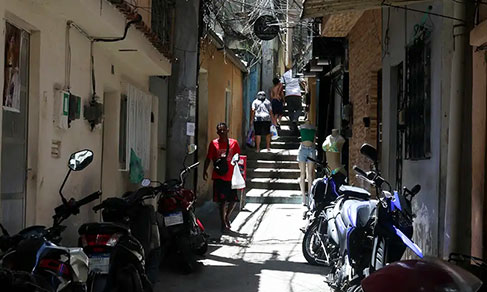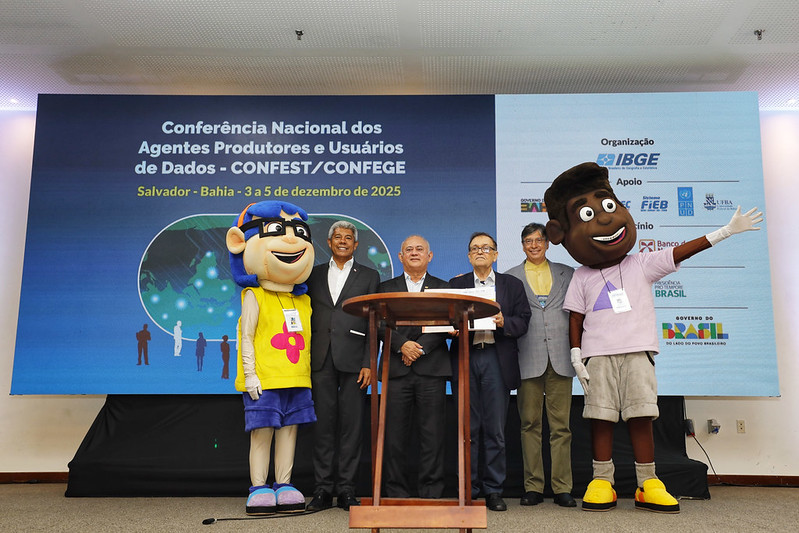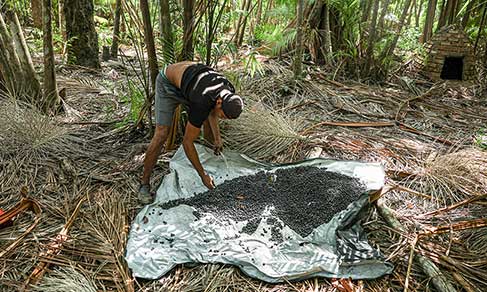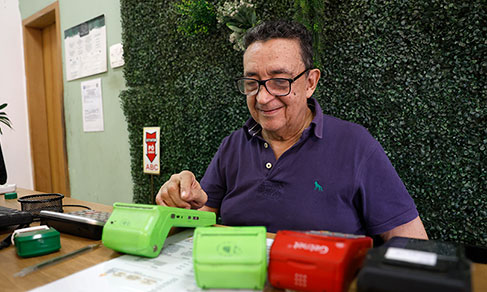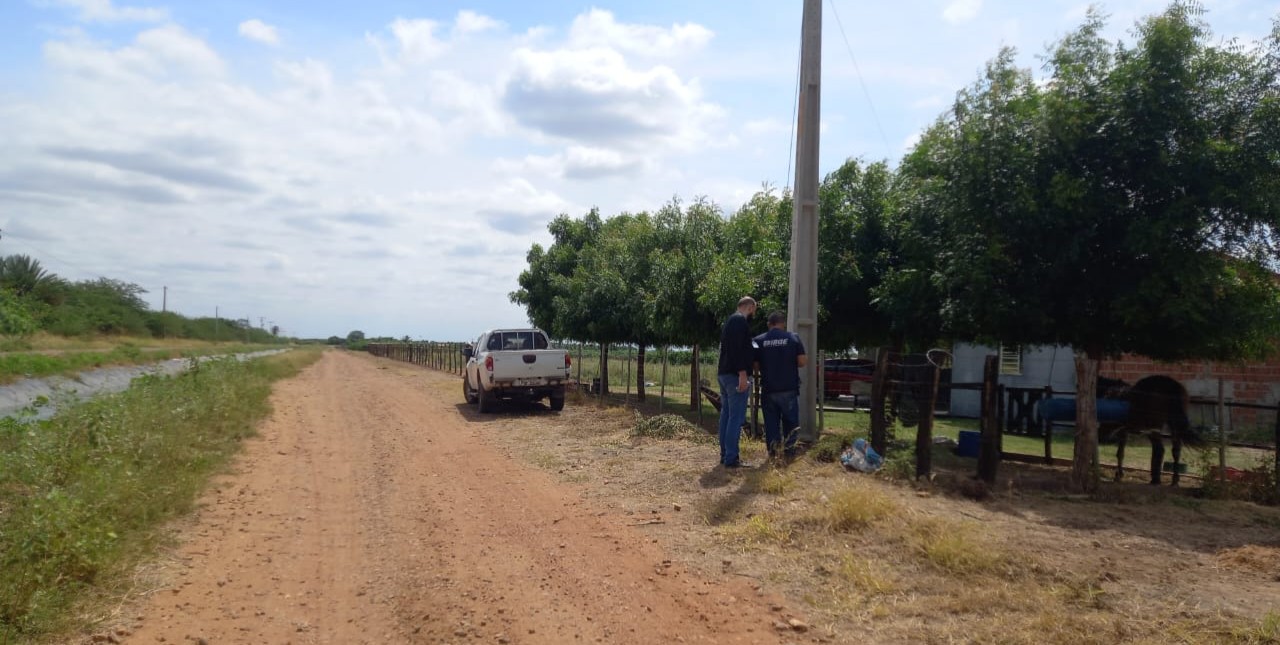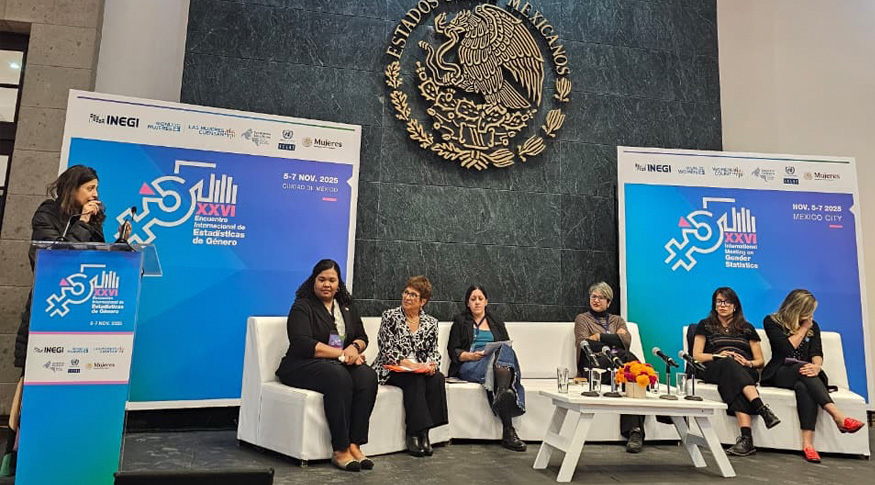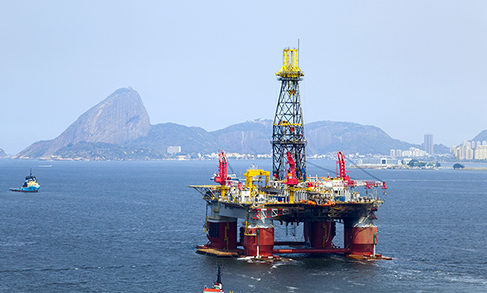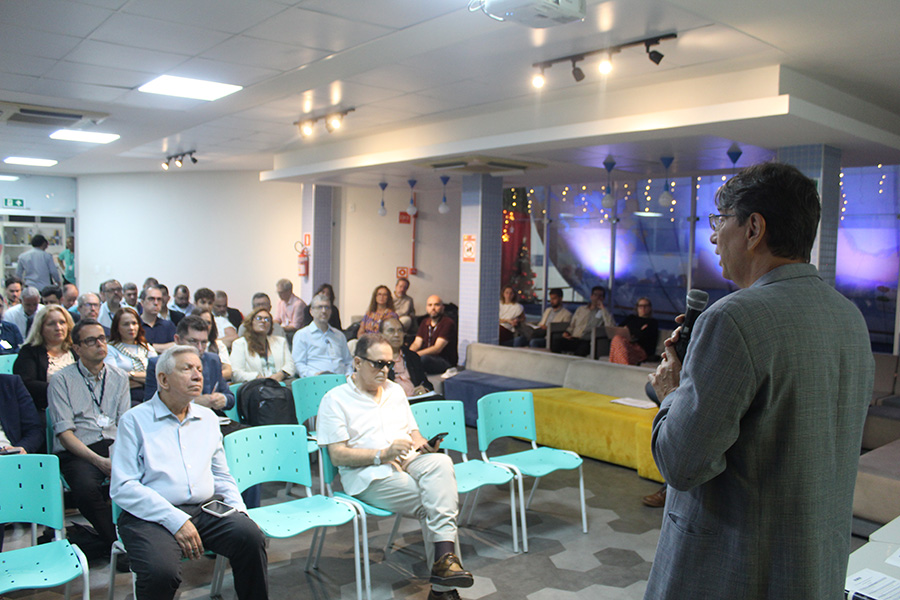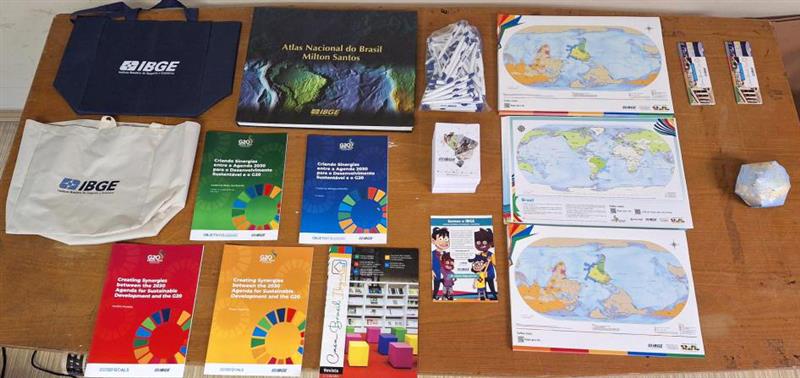Regional industry
In July, three of the 15 areas surveyed follow national drop of industry
September 13, 2024 09h00 AM | Last Updated: October 01, 2024 01h12 AM

From June to July, industrial production in Brazil decreased by 1.4%, with drops in only three of the 15 areas surveyed by the Regional Monthly Survey of Industry (PIM) Regional: Pará (-3.8%), Bahia (-2.3%) and São Paulo (-1.8%). The main advances were those of Amazonas (6.9%) and Espírito Santo (5.8%). The data were released today by the IBGE.
Paraná (4.4%), Pernambuco (4.2%), Northeast Region (3.0%), Minas Gerais (2.1%), Ceará (1.9%), Mato Grosso (1.8%), Rio de Janeiro (1.4%), Santa Catarina (1.3%), Goiás (1.2%) and Rio Grande do Sul (0.8%) complete the group of Fus with positive results in July 2024.
Bernardo Almeida, analyst of the survey, explains that the sum of regional results does not represent the national overall released in the previous week.
“The way we see it, the national index indicated a drop of 1.4% and, in regional terms, three areas hold this same movement of behavior. It is worth pointing out that the regional result does not represent the overall national result, that is, part of the national production is not seen by regional results, since there are only 15 areas surveyed. Therefore, as the series in each place are formed independently, including in Brazil, the national result works as parameter for the regional analysis. Also, when seasonal adjustment is applied, the series lose their singularity of the additivity factor. All the parts added do not result in the total figure. Therefore, the national total does not result from the sum of regional results,” Almeida explains.
He highlights that the drop of 1.4% is concentrated in the activities with the highest weight in the national sample. There were drops in the sectors of petroleum products, in the mining and quarrying and food sectors.
Pará, which represents 4.1% of the national production, decreased again after an increase in the months of June and May 2024, a period with a cumulative drop of 25.3%. Local industry was affected by a drop in the sector of non-metallic minerals. In the industry of Bahia, with a drop of 2.3%, the sectors of chemicals and pulp exerted a negative influence. The state accounts for 3.9% of the national production and a cumulative decrease of 7.9% in two consecutive months of decrease.
São Paulo, which has the biggest industrial diversity and represents 33% of the output of industry, accounted for the main influence and interrupted three consecutive months of positive rates, a period marked by an increase of 4.1%. “The drop of 1.8%, above the average of industry, ended up eliminating part of the cumulative increase in the period. Pharmaceutical industry had a negative influence on the result of production in São Paulo. With this result, local industry is still 2.2% above the pre-pandemic level,” Almeida adds.
He observes that, in the last few months, industry has had a Variable behavior. In the previous month, June, the increase of 4.1% took place as a natural movement of recovery of industry fostered by the resumption of industrial plants in Rio Grande do Sul, which had been halted in May. The analyst says that this new drop in July is related to unfavorable macroeconomic conditions.
“We observe national industry moving beyond its operational capacity. There has been improvement in the rhythm of production and, if we can observe from the perspective of the pre-pandemic level, we found nine areas above this level. They are: Mato Grosso (21.3% above), Rio de Janeiro (11.9%), Mina Gerais (11.4%) Amazonas (8.1%) Paranã (7.9%) Santa Catarina (7.3%), Goiás (4.3%), Rio Grande do Sul (3.5%) and São Paulo (2.2%). All of them are above the national average, which is 1.4%,” says the analyst of the survey.
He highlights there is an increase in the production increase, but, at the same time, it is observed industry moves moderately. From the perspective of demand, the interest rate is at high levels with an impact on disposable income and on the consumption of families. From the perspective of demand, interest make credit more expensive and affect decision making in investments.
“On the one hand, we see an improvement in the labor market, and, on the Other, we see interest rates refraining the effects of this positive result. That explains this changing in the behavior of industry.”
Mais sobre a pesquisa
The Regional PIM has been producing short-term indicators since the 1970s regarding the behavior of the real product from mining and quarrying and manufacturing industries. It brings monthly indexes for 17 Federation Units whose share are at least 0.5% of the total value added of the national industry and for the Northeast as a whole: Amazonas, Pará, Maranhão, Ceará, Rio Grande do Norte, Pernambuco, Bahia, Minas Gerais, Espírito Santo, Rio de Janeiro, São Paulo, Paraná, Santa Catarina, Rio Grande do Sul, Mato Grosso, Goiás and the Northeast Region.
The results of the survey can also be viewed on Sidra, the IBGE database. The next release of the Regional PIM is scheduled for October 8.



